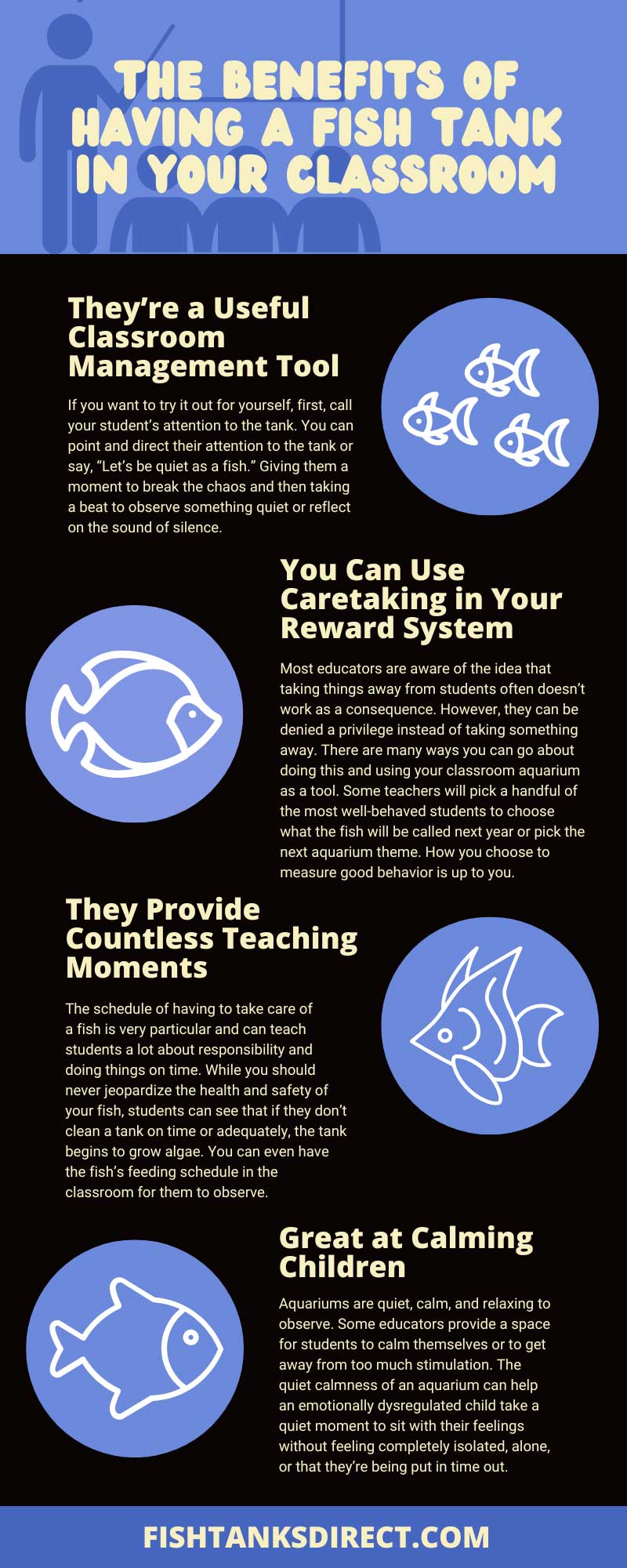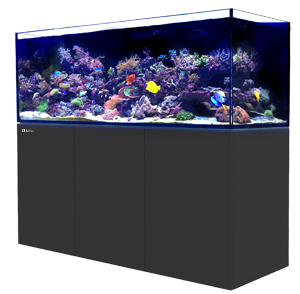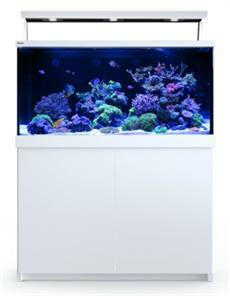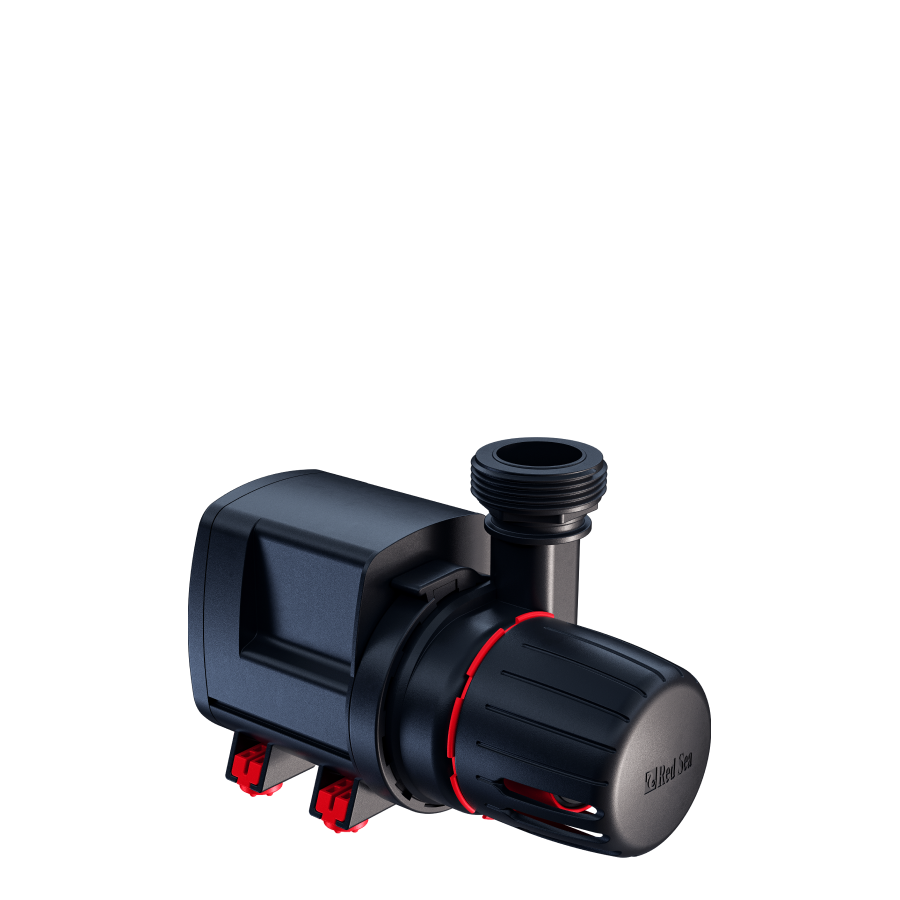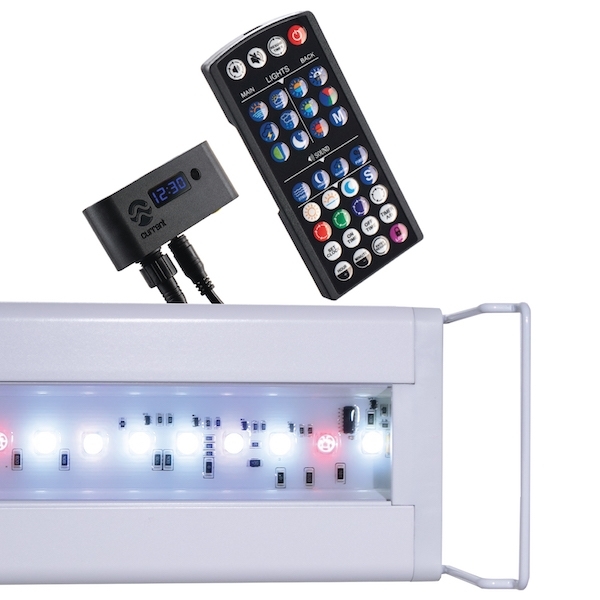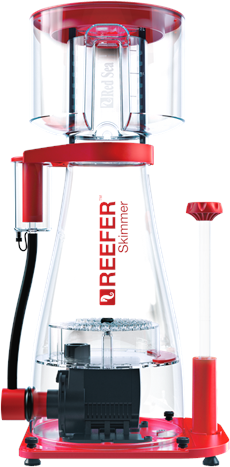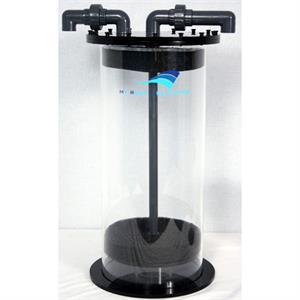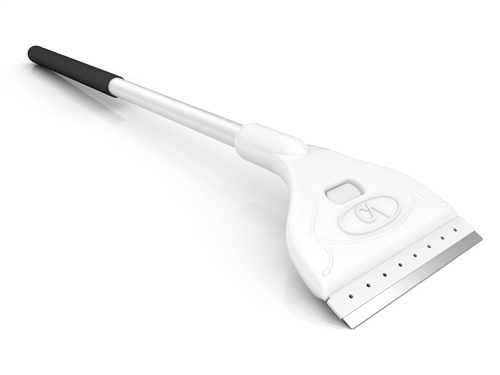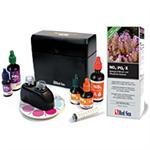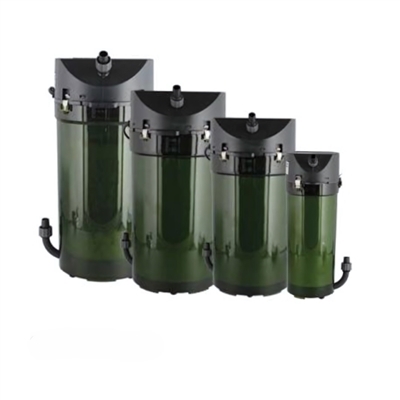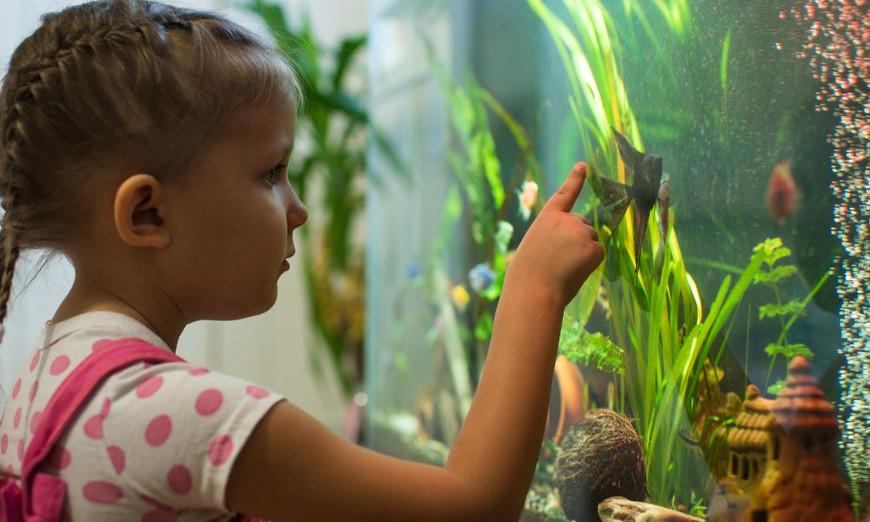The Benefits of Having a Fish Tank in Your Classroom
FishTanksDirect on Aug 5th 2022
Class pets have been a popular learning tool in the classroom for quite some time. However, classroom pets have long been hamsters, hedgehogs, mice, and other small animals. Many educators don’t think to have fish in their classrooms because they can’t be held and aren’t as “entertaining” as other animals. But there are many benefits of having a fish tank and your classroom that may change your mind and convince you to include one in your classroom.
They’re a Useful Classroom Management Tool
It’s no secret that classroom pets are a fantastic classroom management tool. Having a fish tank can provide countless lessons for children of all ages, but did you know you can use them to help quiet a classroom? The common quieting tools such as shutting off lights, using the stop light system, or ringing a bell don’t work anymore. But calling attention to the calm quietness of the fish to calm down a rowdy classroom can do that trick.
If you want to try it out for yourself, first, call your student’s attention to the tank. You can point and direct their attention to the tank or say, “Let’s be quiet as a fish.” Giving them a moment to break the chaos and then taking a beat to observe something quiet or reflect on the sound of silence.
However, you may not want to direct their attention to the tank if you’re in the middle of teaching a lesson, as some students might get distracted, making it difficult for them to return to you. Instead, have them observe the sound and use the silence of the tank as a marker for what the room should sound like when you’re teaching. A little visual break during individual or group work can also be beneficial for a child’s wandering mind.
You can get creative with how you bring your classroom’s attention to the soft calmness and use it as a redirect tool. But it’s best to keep your classroom’s individual needs in mind, as not all students and class periods benefit from soft redirection. If you’re looking for something a little more poignant and to the point, or something more individualized, have your students color in or create paper fish at the beginning of the year. You can have them write, or print on the back, your classroom rules that they pledge to upkeep. Ideally, they should keep it somewhere in the classroom to have it nearby when needed.
If the classroom or a student gets too rowdy, have them take it out and set it on the desk to remind them of your rules and that it is time to be quiet. This is a good tool for teachers to redirect specific students without humiliating them.
You Can Use Caretaking in Your Reward System
Most educators are aware of the idea that taking things away from students often doesn’t work as a consequence. However, they can be denied a privilege instead of taking something away. There are many ways you can go about doing this and using your classroom aquarium as a tool. Some teachers will pick a handful of the most well-behaved students to choose what the fish will be called next year or pick the next aquarium theme. How you choose to measure good behavior is up to you.
While this is a fun way to get the students involved, it also helps students take accountability for themselves. Having something physical to remind them of the goal-oriented behavior they want to achieve can be a big help. If you want to do something for an entire classroom, the same exercises can be applied by using a voting system for the whole class to decide. If they don’t achieve consistently appropriate behavior, they can miss out on this fun privilege. This method comes with the added benefit of your students holding each other accountable–usually, that is a much more effective behavior management tool.
You can also use caretaking, such as who gets to feed the fish, who gets to help clean the tank, and so on, as an incentive. Students who don’t show appropriate and responsible behavior won’t be able to participate in caring for the classroom’s beloved pets.
They Provide Countless Teaching Moments
Because of the responsibility it takes to care for fish, having an aquarium in the classroom can provide a firsthand look at accountability, health, life, and death, as well as love and respect.
The schedule of having to take care of a fish is very particular and can teach students a lot about responsibility and doing things on time. While you should never jeopardize the health and safety of your fish, students can see that if they don’t clean a tank on time or adequately, the tank begins to grow algae. You can even have the fish’s feeding schedule in the classroom for them to observe. For younger students, it’s a great way to teach them the importance of having a routine and how schedules will affect their later educational careers.
If a fish gets sick or passes away, it can be a good teaching moment for the right-aged students. Children can have difficulty understanding the concept of life and death and don’t often encounter it. Giving them the tools to understand and say how it makes them feel can help prepare them for more challenging events in life. Or, if a fish merely gets sick for a little while, it can be a great teaching moment for kids to learn about germs, how they transmit, and how important it is to wash your hands and stay clean.
Great at Calming Children
Aquariums are quiet, calm, and relaxing to observe. Some educators provide a space for students to calm themselves or to get away from too much stimulation. The quiet calmness of an aquarium can help an emotionally dysregulated child take a quiet moment to sit with their feelings without feeling completely isolated, alone, or that they’re being put in time out. While they’re observing the fish, you can have the student write or draw how they feel and report it back to you.
While this may seem juvenile, it can be used for students of all ages. Many children, from preschoolers to seniors in high school, have a lot of trouble articulating how they feel and sitting with their emotions—as teachers, giving students the tools to navigate themselves is part of the job.
It’s also an excellent strategy for students with ADHD, autism, or other sensory issues. These students can often get overstimulated and need a quiet place to sit without being isolated. These children can get lost in the wonder of the aquarium, giving them time to reset their nervous system and even prevent a meltdown.
While these are just a few of the benefits of having a fish tank and your classroom, there are many more that you may be able to find if you decide to implement it in your learning space. And if you’re looking for the right tank to put in your classroom, Fish Tanks Direct has beautiful and high-quality bow-front tanks that your students will love to marvel at and want to take care of.
